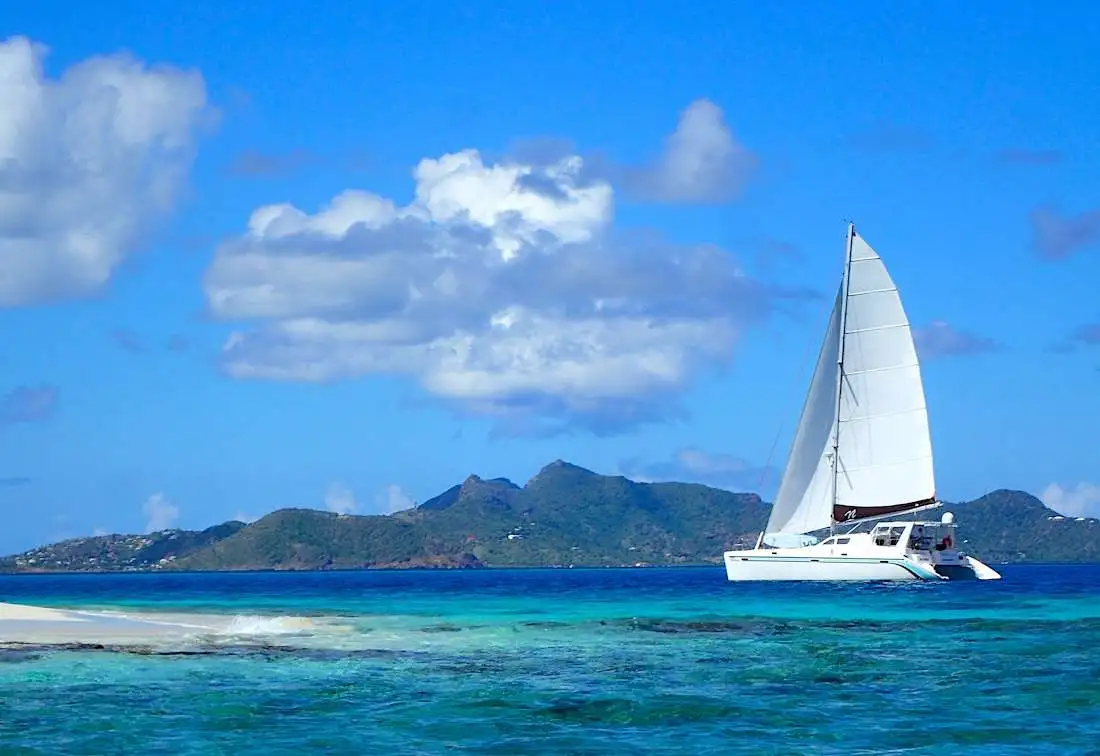Getting the best value out of your trip to Annapurna Base Camp requires careful planning. If you plan to hike on a budget, you need to be prepared to avoid the most expensive parts of the trek. You also need to understand what you are signing up for.
Easy to moderate
Whether you are an experienced trekker or a beginner, you can experience the thrill of a lifetime on an easy to moderate Annapurna Base Camp Trek. This trekking trail offers a stunning view of the majestic Annapurna Range. You can also get an opportunity to experience the rich flora and fauna of the area.
The 7 Days Annapurna Base Camp Trek is considered a classic trek in the Himalayas. It is a well-managed trek that is ideal for anyone with a good level of fitness and a decent amount of patience. You can complete the Annapurna Base Camp Trek in a number of days, as the trek is not strenuous.
A number of factors affect the difficulty level of the Annapurna Base Camp Trek. These include your physical condition, your acclimatization, the time of year, and the duration of your trip.
Peak season
Whether you are a seasoned trekker or you are on your first high altitude trek, Annapurna Base Camp is a worthwhile trip. The best time to trek in the region is during the autumn or spring seasons, which feature stable weather conditions that help make your trekking experience an enjoyable one.
The weather in the Himalayas can vary dramatically, and there is no guarantee that you will get good hiking conditions. For this reason, it is important to plan your trek well ahead of time. If you do not have adequate preparation, you may find yourself in dangerous situations.
The best time to visit the region is in the autumn or spring, when the temperatures are warm and there is little chance of rainfall. During the rainy season, you are likely to encounter landslides.
Dangers
Those who plan an Annapurna Base Camp trek should be aware of its dangers. Regardless of the season, it is important to be prepared. For example, wear clothing that is appropriate for the weather and to pack a bag with only necessary items. It is also a good idea to buy insurance for your trip. This will cover you in the event that you suffer from serious health conditions.
The best time to hike Annapurna is in the spring, but the fall and winter seasons are also good. It’s also a good idea to get some training before your trip to help prepare your body and mind for the trek.
During the winter season, temperatures can drop below 0deg centigrade at night. However, the daytime temperature is usually warmer.
Starts from Kathmandu or Pokhara
Whether you’re interested in trekking or hiking, you’ll find that Annapurna Base Camp is one of the most rewarding treks in the world. The hike offers spectacular Himalayan views, and allows you to experience the traditional Gurung culture.
The trek takes you through lush forests and terraced farmlands. You’ll also pass through villages that are typical of the Annapurna Region. You’ll find that the scenery is incredibly beautiful, and you’ll be able to take photos of the Annapurna Mountains.
Annapurna Base Camp is located at an elevation of 4,130 meters. You’ll be able to see the eight-thousanders, including Annapurna I, which is the highest peak in Nepal. You’ll also be able to observe different Himalayan ranges in the Annapurna Massif.
The hike is popular with both tourists and locals. There are a number of local companies that offer the trek, and you can choose a package that includes everything from transportation to accommodations. These companies usually use the same porters and guides, and include food and accommodation.
Altitude sickness
Whenever you trek to a high elevation, it is important to know the different symptoms of altitude sickness. These are signs that you should stop your trek and rest. Also, make sure you have the proper hydration.
Altitude sickness usually strikes between 6 and 12 hours after you arrive. The symptoms include headaches, sleep problems, nausea and breathing difficulties. Some travelers are able to overcome the disease with proper hydration. You should also take the time to acclimatize before you begin your trip.
If you are pregnant, it is important to consult your doctor. The condition may be fatal if not treated. You should also purchase travel insurance to cover any emergency.
You can also choose a certified guide to help you navigate the trail. This will ensure a safe and enjoyable experience.


